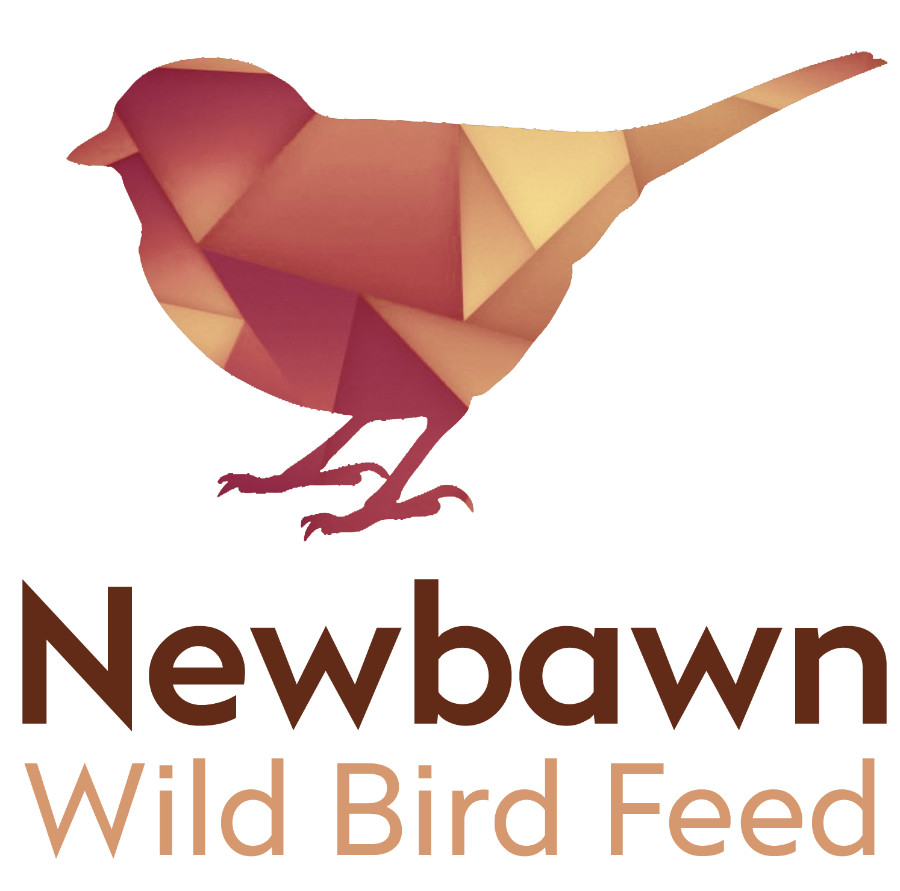Tips & Advice
Where to Place Feeders
If you are feeding birds for the first time in your garden place the feeders away from the house so the birds are not disturbed too much, as time goes by and they grow in confidence you can move the feeding station nearer to the house.
If there is a bush or tree near the feeder the birds will feel safer as they can escape from predators either from the ground or from the air.
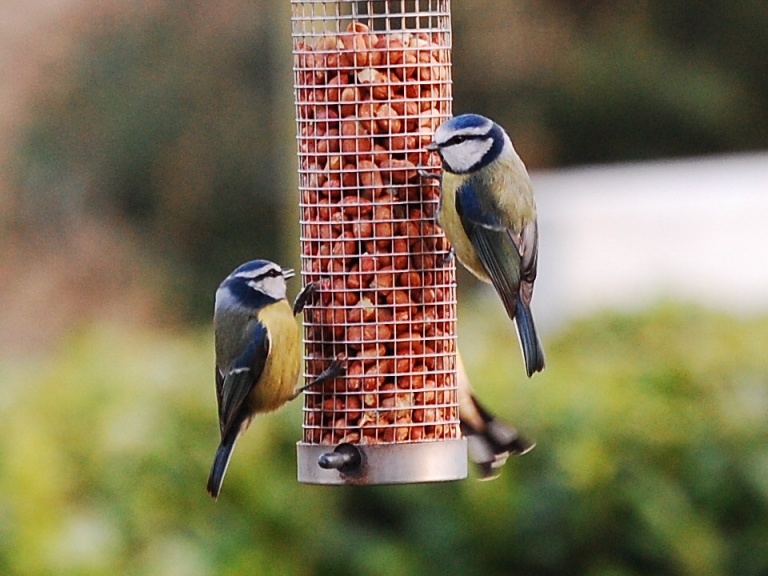
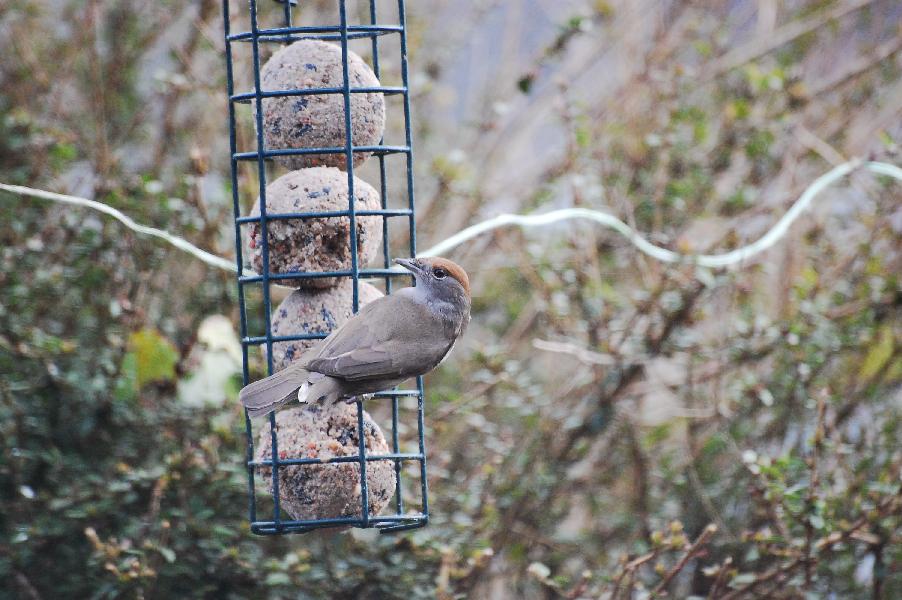
What To Feed
There are basically three types of garden bird; Insect Eaters, Seed Eaters and Fruit Eaters.
Insect Eaters, such as swallows, swifts, martins, wrens, warblers, nuthatches, and flycatchers are probably the most difficult to directly feed, but we can provide and environment that encourages insects. Planting plants that encourage insects into your garden will help attract in insect eating birds.
Seed Eaters, such as the finch family, the tit family, linnets, buntings, dunnocks, sparrows, pigeons and doves. Very few of these birds are exclusively seed eaters and will hunt nutritious insects when they are feeding and rearing their young.
The main problem with being a seed eater is that the majority of seed ripens in late summer and autumn by the time spring comes around the supply of seed has diminished and the birds must find a substitute source of feed or face a shortage coming into the breeding season. If this happens it can have an effect on the bird’s ability to breed. This is where substitute feeding really helps them to survive this period and ensure that they will be in peak condition for the breeding season in spring.
Fruit Eaters, such as Blackbirds, Thrushes, Starlings, Waxwings, Fieldfares and Blackcaps again have the problem of facing food shortages in late winter and early spring. They do switch their feeding to include ground insects when the conditions allow. Dried fruit such as raisins, currents or chunks of apple can be placed at the feeding stations.
Water Bathing & Drinking
It is very important that birds are able to keep their plumage in tip top condition. They don’t have the luxury of being able to put on a coat when it starts to rain or the wind blows. Their plumage is all that they have and they need to keep it clean and oiled. Water is therefore a very important part of their daily needs.
During times of really harsh weather all the available water in an area can be frozen and this can spell disaster for small birds. It is therefore important to provide them with a supply of fresh water. A metal or ceramic dish supported on four stones with a night light candle beneath it can provide fresh water during really cold periods.
A ping pong/table ball floating in the water will help keep it unfrozen in times of slight frosts.
Do not be tempted to add anything to the water to stop it freezing as often these “antifreeze” products tend to be poisonous and can affect the waterproofness of the birds plumage.
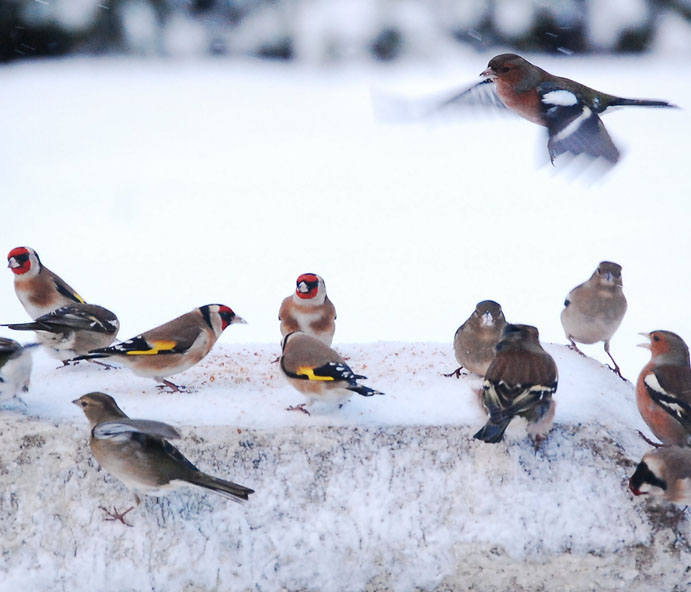
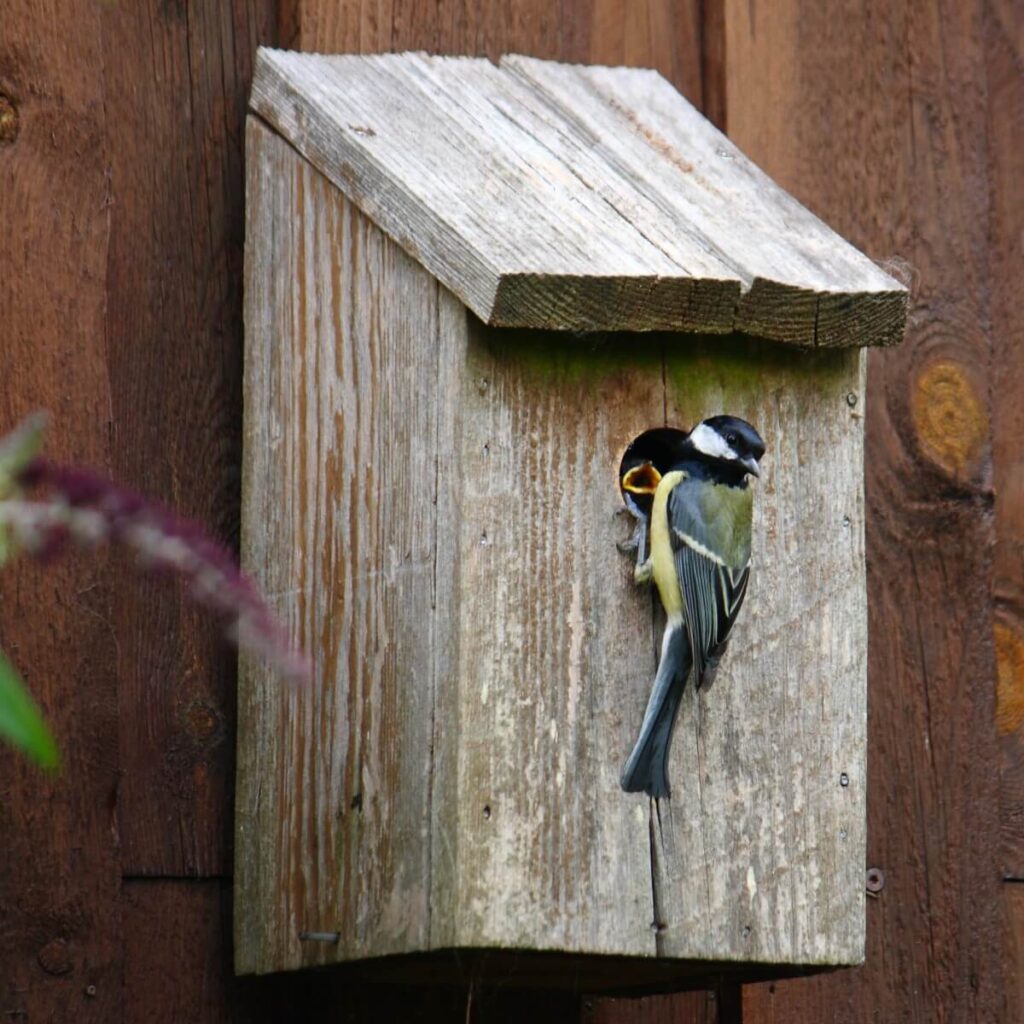
Placing Nestboxes
Nest boxes placed around the garden can encourage birds to nest in your garden. It is important that they are placed well before the nesting season. Place them away from the feeding station in quiet areas. Make sure that they are not accessible to cats of other predators.
Each year after the chicks have flown from the nest the box should be cleaned out and left empty. Do not be tempted the place nesting material in the box, each bird will have its own requirements as to the type of material that it want for its nest.
Try and make the box fit in to the surroundings as much as possible. If it sticks out like a sore thumb it is unlikely to be used by the birds.
